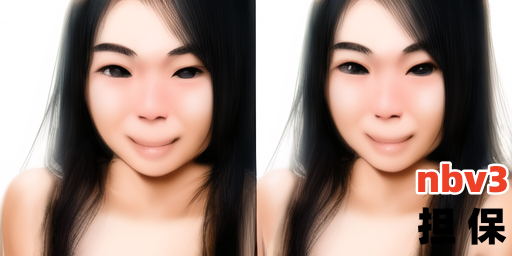日期: 2024-08-17 04:44:59
阿东,这位来自汕尾的音乐精英,以其独特的音乐风格而在国内享有广泛关注。他不仅在汕尾地区赢得了巨大的人群粉丝基础,更远比此来让自己音乐的影响力飞速扩散到全国的每个角落。在本文中,我们将深入探讨阿东的生平、创作过程和当前直播活动等方面。
第一个段落:阿东的出生与成长
阿东亲自1990年出生于绵尼的小镇,他在这个风景秀丽但经济条件艰难的地区成长。各种音乐作品给他带来了珍视与激励。阿东自小就对音乐有着深刻的兴趣,年轻时通过邓布道、古筝等民俗传统乐器学习和实践。他渐次地开始创作自己的音乐作品,并在青少年期间积累了大量的表演经验。
第二个段落:阿东的音乐创作及其影响
阿东的音乐多以流行音乐和中国传统文化为基础,他将这两者相结合,开创了一款新颖的音乐风格。在阿东个人资料中,可以看到他从青少年时期的初级独立作品到成名的流行歌手,他的音乐都具有深刻内涵和大量创造性。阿东不仅是一位音乐家,更是文化传承者,他对中国的传统音乐产生了重要影响,也被广泛认可为现代脱敏和创新的标杆。
第三个段落:阿东直播间1及其在社交媒体上的活力
近日,阿东更进一步展开自己的直播业务,在“阿东直播间1”中积极与粉众互动。这种直播平台使他可以更加真实地向公众表达自己的创作思路和个人生活,也为社交媒体上音乐追求者提� Written as a response to the following question:
A company is considering two different production processes for their new product line. Process A has fixed costs of $10,000 and variable costs of $2 per unit produced; process B has fixed costs of $8,000 with variable costs of $3 per unit. If the selling price of the product is $5 per unit, how many units must be sold to make Process A or B more cost-effective?
- Response: To determine at what point one process becomes more cost-effective than the other, we need to set up an equation that equates the total costs of both processes and solve for the quantity (number of units).
For Process A:
Total Cost = Fixed Costs + Variable Costs Quantity
Total CostA = $10,000 + ($2 Q)
For Process B:
Total CostB = $8,000 + ($3 Q)
To find the point where both processes are equally cost-effective, we set these two equations equal to each other and solve for quantity (Q):
$10,000 + $2Q = $8,000 + $3Q
Now let's solve this equation:
Subtracting $2Q from both sides, we get:
$10,000 - $8,000 = $3Q - $2Q
$2,000 = Q
So at 2,000 units sold, the two processes are equally cost-effective. Let's consider scenarios where one process becomes more cost-effective than the other:
1. If fewer than 2,000 units are produced/sold, Process B will be more cost-effective because its variable costs per unit is lower ($3 compared to $2). This means that for any production quantity less than 2,000, Process B's total fixed costs would still make it a better option.
2. If the number of units produced/sold exceeds 2,000, then Process A becomes more cost-effective because its lower initial fixed costs would be offset by the higher production volume. This point can be calculated using either process's equation (since they are equal at 2,000 units) and adjusting for a different selling price if needed.
In summary: For quantities less than 2,000, Process B is more cost-effective; for quantities above 2,000, Process A becomes the better choice (assuming constant selling price at $5 per unit).